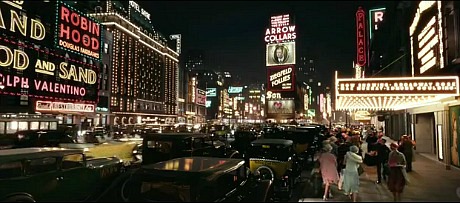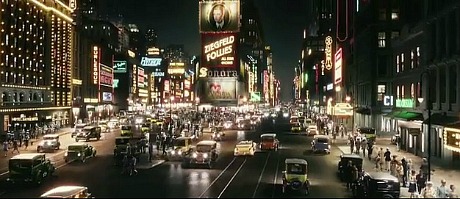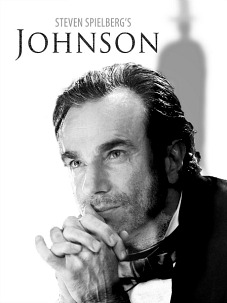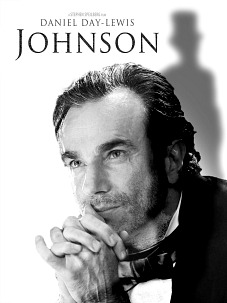“A riveting documentary about Israel’s anti-terrorism organization, Shin Bet, told by former directors of the program over the last 40-odd years,” Jett Wells wrote on 9.3 from Telluride. “It’s amazing the kind of access director Dror Moreh got [as the doc] really sheds light on how even the biggest war hawks in Israel’s government feel how assassinations are ultimately pointless and/or self-defeating.” I concur, and am planning on watching my Gatekeepers screener this weekend.
Day: December 20, 2012
Not My Idea
This is a movie — that was my first thought. I’m half serious. Directed by Carlos Reygadas, Gus Van Sant, Harmony Korine or Seth McFarlane — I can’t decide which. It’s a film because the accused is in love and is fighting the charge on Constitutional grounds. If not in love he is at least in earnest. We all remember Gene Wilder falling for Daisy the lamb in Woody Allen‘s Everything You Always Wanted To Know About Sex (’72). 36 years later Zoo, a horse-sex documentary, played the 2008 Sundance Film Festival.

$25 Million, Character-Driven Bayo
“I’ve watched a lot of movies, Paul…I know what I’m doing.” — Mark Wahlberg‘s Daniel Lugo to Dwayne Johnson‘s Paul Doyle in Michael’s Bay‘s Pain and Gain (4.26.13). Based on a 1999 series of Miami New Times articles by Pete Collins about “a couple of steroid-abusing knucklehead bodybuilders who become criminals involved in an extortion ring and a kidnapping plot that goes horribly awry.”
Bay quote: “I’m extremely excited to simplify my film career this spring with a great character piece.”
The Wiki page says that two members of the Sun Gym Gang, Daniel Lugo and Adrian Doorbal” — played by Hurt Locker‘s Anthony Mackie in the film — “received death sentences in Florida and sit on Florida’s death row.” If I know Bay….well, maybe I don’t know Bay. I was going to speculate that the Michael Bay I’ve known all these years is too commercial-minded to end the film with Wahlberg’s character awaiting execution. But maybe.
Right and Wrong
The best elements in the new Great Gatsby trailer, which went up last night, are the two glimpses of Times Square [after jump], and particularly the one showing marquees for two films — Rudolph Valentino‘s Blood and Sand and Douglas Fairbanks‘ Robin Hood. These films opened precisely within the period in which Gatsby occurs, from the spring to autumn of 1922. Blood and Sand opened on 8.5.22 and Robin Hood premiered on 10.18.22.
My second reaction was to wonder why director Baz Luhrman cast a 70 year-old Indian actor, Amitabh Bachchan, to play a Jewish gangster associate of Jay Gatsby‘s, Meyer Wolfsheim, whom F. Scott Fitzgerald based on Arnold Rothstein. Even if you mentally erase the fact that all big-time gangsters in the 1920s were either Italian, Irish or Jewish, the idea that an Indian guy could rise to the top of the big-time crime world of New York City in the early 1920s is, in itself, absurd.
So Luhrman gets it almost exactly right in terms of the movies playing in Times Square from the spring to fall of 1922, but he gets it wildly, flamboyantly wrong with the casting of an Indian actor pal as Wolfsheim. Whcih feels to me like two minds within the same person working at cross purposes, which indicates trouble for the film. But I’m strangely taken by his using “Happy Together,” the 1966 Turtles song, on the soundtrack. The really fruit-loopy pop elements are cool.

Looking north from the east side of Times Square in the vicinity of 44th Street.

Reactions to ZD30?
Zero Dark Thirty opened in five LA or NY theatres yesterday, and pulled down a huge $124,848. The per-screen average of $24,969 makes it one of the biggest midweek openings in Hollywood history. Presumably some HE first-responders attended and have some responses at the ready? Please try to describe the atmosphere in the room during the screening and what people were saying in the lobby afterwards.
Put It To Bed
From Zero Dark Thirty collaborators Kathryn Bigelow and Mark Boal: “This was a 10-year intelligence operation brought to the screen in a two-and-a-half-hour film. We depicted a variety of controversial practices and intelligence methods” — like buying a Lamborgini in the dead of night — “that were used in the name of finding bin Laden. The film shows that no single method was necessarily responsible for solving the manhunt, nor can any single scene taken in isolation fairly capture the totality of efforts the film dramatizes.
“One thing is clear: the single greatest factor in finding the world’s most dangerous man was the hard work and dedication of the intelligence professionals who spent years working on this global effort. We encourage people to see the film before characterizing it.”
End Of Thread
Thanks again for an exceptionally fast turnaround from HE artwork guy Mark Fenden.


